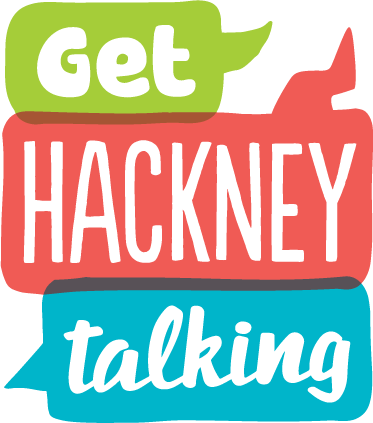What are ‘Receptive Language skills’?
Receptive language refers to our ability to understand spoken language. Spoken language is our main form of communication and it can contain a number of structures such as questions and instructions. Language may be simple (e.g. ‘Can you shut the door?’) or complex (e.g. ‘After you place your book in your bag and put your desk next to the window, can you shut the door?’). Our understanding of any language used around us depends on our receptive language skills.
Difficulties in Receptive Language
Some children experience difficulties understanding spoken language
These difficulties may be due to:
- Difficulties learning new words
- Difficulties processing and holding information long enough to support understanding
- General learning difficulties
- Specific Language Impairment (SLI)
What to look out for
A child may be experiencing difficulties understanding language if:
- He/she is unable to answer questions or follow verbal instructions without support. They may appear as if they are ‘ignoring’ or ‘defying’ adult instructions
- He/she frequently asks for clarifications, repetitions, help
- He/she turns to an adult or peer for help answering a question or following an instruction
- He/she is experiencing difficulties with their use of spoken language
How to Help
Imagine you are asking someone for directions to a place you’ve never been to before. Imagine the directions are long and complex. What would help you understand where to go?
Things the speaker can do
- Make sure your child is paying full attention to you before talking to them
- Simplify your language. Keep information as short and simple as possible. Break information down into manageable chunks. Give instructions one at a time and in the order in which they are to be carried out
- Use visual support when speaking. Accompany instructions with gestures, pictures or symbols
- Give time to process. Repeat or rephrase instructions if necessary, but give your child time to think about what you are saying to them
Things the listener can do
If you needed to remember complex directions to a new location you would:
- Write key words down
- Repeat the directions back to yourself to help remember them
- Visualise where you had to go and what you had to do
- Ask for repetitions or clarifications if you were unclear about something
These are some of the tools children with receptive language difficulties can use to improve their understanding. As a parent, you can help your child learn how to use these tools:
- Ask your child to repeat back what you have said to check that they have heard and remember the instructions
- Encourage your child to write, draw or visualise key points as they hear them to make it easier to remember
- Encourage your child to indicate when they have not understood
- Teach model phrases they can use, such as “I didn’t hear you” or “What did you mean?” or “Can you say that once more?”
Activities to develop receptive language skills
- Hungry Puppets. Have a puppet, teddy or doll and a range of toy food items or common objects available. Ask your child to feed the puppet a single item. To make this easier: use a Makaton sign with your spoken language. Model/show giving correct item to puppet and your child to repeat. Harder: move up to 2 or 3 key words by having two different puppets or asking your child to feed them more than one item.
- Listen and do. Place various objects on the table in front of your child. Ask your child to re-position the objects, e.g. ‘Put the brush on the plate’. Or to make it harder, ‘Put the pencil beside the ruler and the stone under the book’. Gradually increase the level of difficulty by increasing the length of the sentence, introducing choices, or combining 2 requests together.
- Simon Says. Give your child simple instructions beginning with the words ‘Simon Says’, e.g. ‘Simon Says touch your toes’. Your child should only carry out the action if the words ‘Simon Says’ are used. Variation: Use your own name, e.g. “Michelle says…” Give your child instructions to carry out a series of actions, e.g. ‘clap your hands, touch your nose end rub your tummy’.


